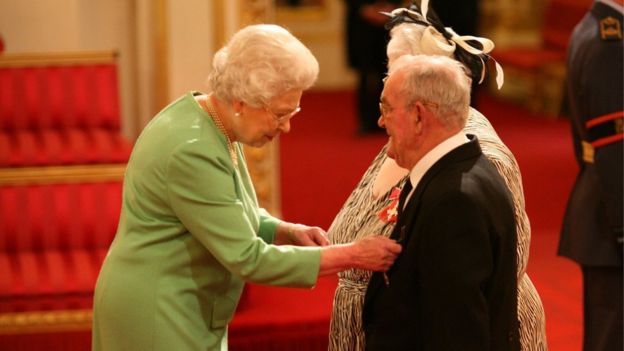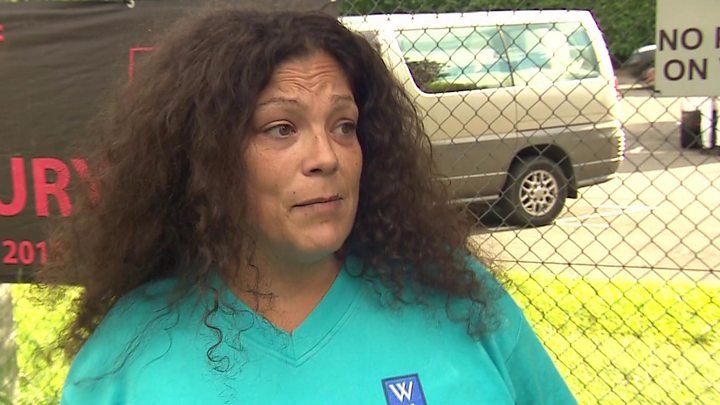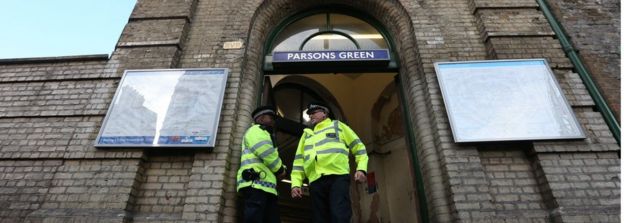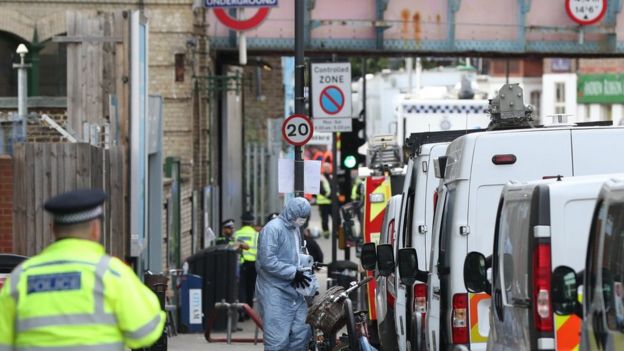Police stand guard at a cordon during a raid on a home in Surrey Armed police
Parsons Green: Armed police search house over Tube bombing
 Armed police are continuing to search a house in Sunbury-on-Thames, Surrey.
Armed police are continuing to search a house in Sunbury-on-Thames, Surrey.
- Live: Arrest in hunt for Tube attacker
- Reality Check: How terror threat levels work
- In pictures: Parsons Green blast
- Armed police patrols stepped up in Scotland
 PA
PA
 PA
PAAnalysis: A 'critical' change
 PA
PA PA
PA
Post a Comment